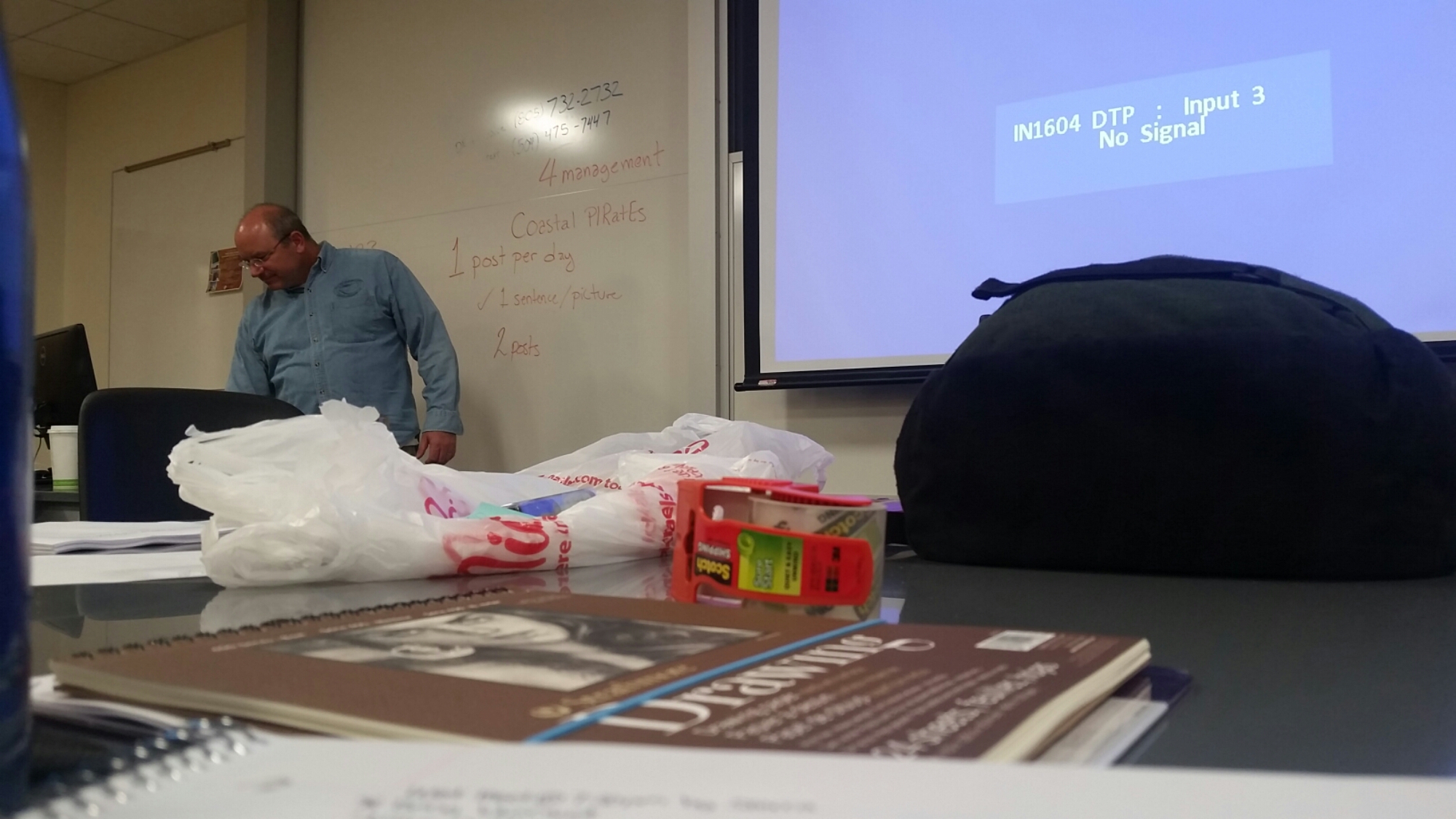Is it Creative Habit or Rhetoric? 2.0
On the topic of rhetoric it is everywhere. Rhetoric is on our social media pages, our favorite movies, and even in the way we speak or dress.
I find it so amazing to see how the topic of rhetoric goes on to create a triangular form.
This starts off with a topic that the author is trying to be persuaded upon the audience. Through the author or illustrator’s point of view, one will be able better understand how to go on with the reading.
With the start of a new semester I took a giant step into taking a class that would be entirely outside of my comfort zone.
So here it is imagine myself , a biochemistry major, taking Performing Arts 101. This class is completely out of left field and completely out of my comfort zone its almost like learning a foregin language. I had enrolled in this class with the intent that this was a dance class and that we would be dancing.
Here is a small tip just as a forwarnig to all those who plan to enroll; when entering this class no it is not a dance class this is more of an evolution of theater arts (yes, I found this to be a great disappointment.)
In Performing Arts we are currently reading a book called, “The Creative Habit: Learn It and Use It for Life” by Twyla Tharp. This book as a whole is to expand ones views on ones thinking to the best of ones ability.
Although this book is an assigned reading for performing arts it does includes more rhetoric then any other book. This book would be a shame not to use in for ways of explaining rhetoric.
Giving this book a bit of background Twyla Tharp is botha famous dancer and choreographer. She created her own dance company choegrafed broadway plays such as, The Times They Are A-Changin, and even won not one but two Emmy’s.
The book she was written to help form creative thinking. The Creative Habit was also written to give a better understanding of why we do certain things in our daily lives and consider them a comfort without noticing.
In her first chapter called “I Walk Into a White Room” from Tharps own personal experience. She explains that shows must always go on no matter how big or small the situation that the world will not stop for anyone.
She speaks from the point of view of a choreographer and discusses how there is a ladder effect on just missing one show. Tharp also speaks of the effects that amounts to everyone going negative in making money that day of not practicing or preforming.
The next chapter discusses rituals and they are not always doing everything at the same time every single day.
A ritual is not always daily and it can happen at any point of the day, sometimes at various times of the day.
For example, Twala goes on to discuss how she knows a chef who cannot start his day until he tends to his herbs and spices.
This is some people feel there comfort and when this was said I immediately went through my day trying to figure out what my daily ritual was and if it stands out to other people.
Twala is right everyone has a ritual whether it be big or small there is something that is done daily that would throw off ones day if it was not done daily.
This book would not be assigned to a dance class unless it was trying to get us to consider thinking a certain way.
I believe that Twyla Tharp’s book has me slowly becoming more of a creative thinker.
She even has me thinking I will become this famous performer which probably will not happen – but she has me thinking that I will.
Maybe through this book I will push myself out of my comfort zone.







